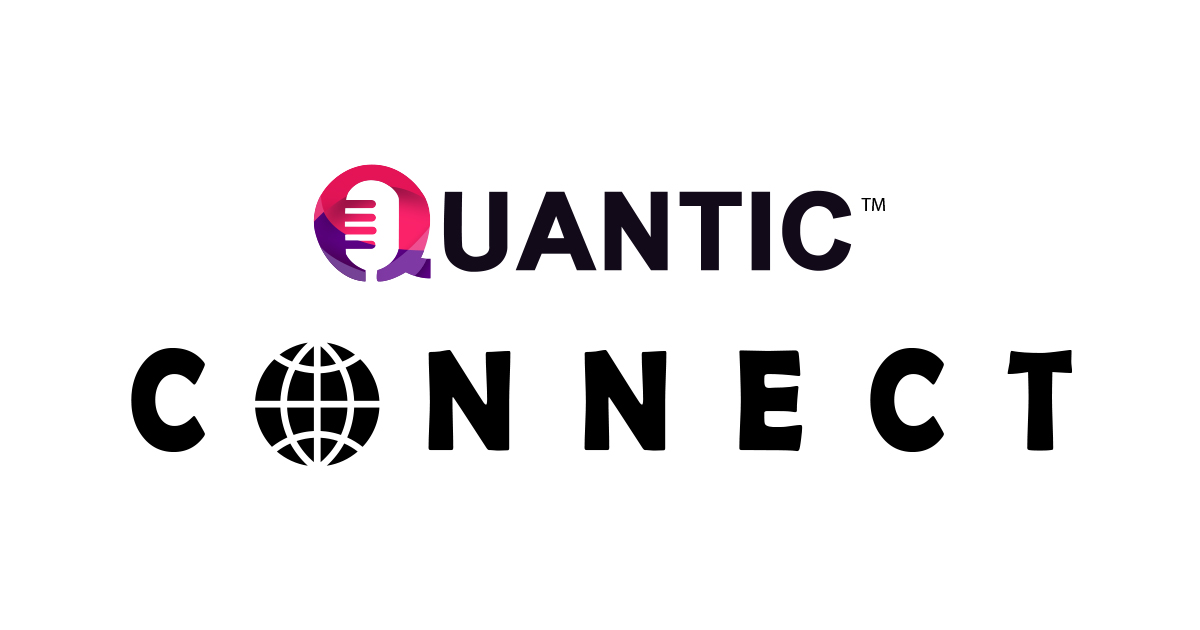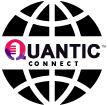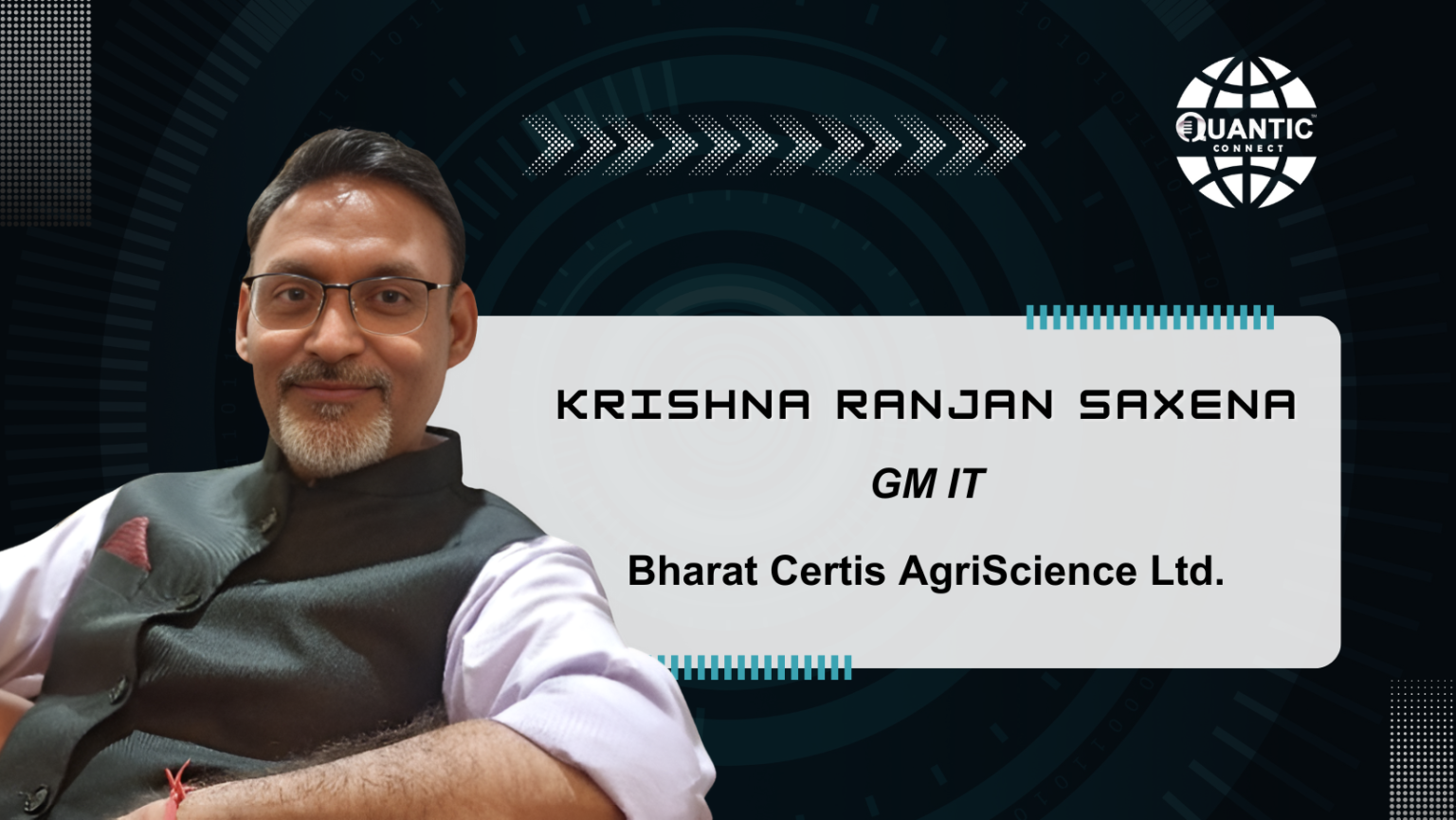Mumbai, 14th May: In today’s rapidly evolving technological landscape, staying ahead of the curve is imperative for businesses aiming to thrive amidst fierce competition. Embracing innovation is not merely an option but a necessity, driving organizations to strategically integrate cutting-edge IT solutions to enhance operations, fortify security measures, and capitalize on emerging opportunities. From digital transformation initiatives to the seamless convergence of infrastructure, cloud computing, security, applications, and analytics, businesses are navigating through a complex web of interconnected domains to sculpt a future-ready digital ecosystem.
Join Mr. Krishna Saxena, GM IT, at Bharat Certis AgriScience Ltd. in conversation with Mr. Marquis Fernandes, who spearheads the India Business at Quantic India, as they delve into the strategic deployment of modern technologies within large-scale manufacturing environments. Explore how these technologies address specific challenges, optimize supply chains, and enhance overall productivity while adhering to principles of environmental stewardship.
Mr. Krishna Saxena is a dynamic and accomplished expert with over 30 years of experience, driving innovation and technological transformation in the Automotive, Pharmaceutical, Electronics, Publishing, FMCD and Chemical/Agrichemical manufacturing sectors. Proficient in ERP, SAP, CRM, DMS, SFA, and IT infrastructure, consistently delivering high-impact projects within stringent timelines. He has a demonstrated ability in effective negotiation, vendor management, cybersecurity, digital transformation, and business process optimization.
Can you walk us through a specific example of a strategic IT solution you implemented that significantly transformed the way your organization operates through technology?
Certainly, I can provide insight into a specific strategic IT solution that has significantly transformed our organizational operations through technology.
One notable initiative was the implementation of a Customer Relationship Management (CRM) solution tailored to our business needs. Prior to its deployment, our organization faced challenges in effectively communicating with customers, relying heavily on manual processes facilitated by the Sales team. This resulted in fragmented communication channels for announcements, updates, and addressing customer queries or grievances, leading to a disconnect that hindered overall customer satisfaction.
In today’s fast-paced digital world, the ability to access information at the click of a button is not just a convenience—it’s a necessity. Our company’s top management, led by Mr. Kimihide Kondo, Managing Director, and Mr. Takanori Baba, CSO & CCO, has a strong conviction to empower our customers digitally. Their visionary idea and unwavering support have been the driving forces behind a transformative project aimed at ensuring our customers are seamlessly connected and informed.
With the implementation of the CRM solution, we achieved a paradigm shift in customer experience (CX). Customized to provide a comprehensive 360-degree view of our business to customers, the CRM facilitated seamless two-way communication, eliminating the need for manual intervention. This allowed for system-generated communications / various activities, streamlining processes and ensuring timely and consistent messaging.
Moreover, the CRM served as a centralized platform for addressing customer queries and grievances, enabling efficient channelization of feedback to management for prompt resolution. By leveraging technology to enhance customer satisfaction, we fostered stronger bonds between our company and the customers, ultimately driving improved business outcomes.
How do you approach creating long and mid-term IT roadmaps, particularly in the context of strategic digital transformation, IT infrastructure, and IT & cybersecurity?
In approaching the creation of long and mid-term IT roadmaps, particularly within the strategic context of digital transformation, IT infrastructure, and IT & cybersecurity, our methodology is grounded in comprehensively analysing the company’s vision along with an anticipation of future industry requirements.
- Our long-term and mid-term IT Roadmap is thoroughly designed to align with the company’s vision while proactively addressing the evolving needs of the industry. Specifically, we aim to enhance connectivity with our primary customers, including retailers and end-users such as farmers, through robust digital channels.
- Our roadmap includes strategic initiatives to automate warehouse activities, optimize supply chain processes, and data analysis. These initiatives aim to enhance operational efficiency and maximize productivity across our organizational infrastructure
- Recognizing the paramount importance of cybersecurity in today’s business landscape, we are unwaveringly committed to implementing state-of-the-art measures to safeguard our users and business operations. As part of our cybersecurity strategy, we are planning to integrate Zero Trust Network Access and deploy a set of robust security tools. Additionally, our approach emphasizes on continuous evaluation and improvement of our existing cybersecurity framework to mitigate emerging threats effectively.
By adhering to these principles and leveraging the latest advancements in technology, we aim to secure our strong position while ensuring the resilience and security of our digital ecosystem.
How do you foster collaboration between IT and operational teams, particularly in the context of IT-OT collaboration and leading IoT projects within the company?
Fostering collaboration between IT and operational teams, especially in the context of IT-OT collaboration for IoT projects, requires a strategic approach and clear communication channels. Here are some effective steps:
- Ensure that both IT and operational teams understand the primary vision and goals of the IoT projects. This alignment helps in adopting a shared sense of purpose and direction.
- Form cross-functional teams comprising members from both IT and operational departments. This encourages collaboration from project inception and ensures that diverse perspectives are considered till project execution.
- Create open communication channels such as regular meetings, collaborative platforms, and shared documentation. Encourage team members to openly share insights, challenges, and updates that encourages transparency and cooperation.
- Clearly define the roles and responsibilities of both IT and operational teams within the IoT projects. This helps in avoiding conflicts and ensures that each team understands its contributions in the success of project.
- Provide training and skill development opportunities to both IT and operational teams to bridge any knowledge gaps and enhance their understanding of each other’s domains. This can include technical training as well as workshops on collaboration and communication.
- Acknowledging and respecting the domain expertise of both IT and operational teams is very important. Recognizing the unique insights and the experiences that each team brings to the table and leveraging them to make informed decisions and drive innovation.
- Continuous improvement by asking feedback from both IT and operational teams at regular intervals. The feedback will help to identify areas for optimization and refinement in the collaboration process.
As a hands-on technical professional, can you provide insights into your understanding of infrastructure, cloud computing, security, applications, and analytics, and how these domains intersect in your work?
Absolutely, as a hands-on technical professional, understanding the intersections of infrastructure, cloud computing, security, applications, and analytics is crucial. Here’s a breakdown of my understanding how these domains intersect:
- Infrastructure refers to the physical components and resources needed to support IT operations, such as servers, storage, networking equipment, and data centres. As a technical professional, understanding infrastructure involves knowing how to design, deploy, and maintain these components efficiently and securely. This includes both on-premises infrastructure and cloud-based infrastructure.
- Cloud computing provides on-demand access to a shared pool of computing resources over the internet. Cloud computing provides scalability, flexibility, and cost-efficiency compared to traditional on-premises infrastructure. Understanding cloud computing involves familiarity with different cloud service models (IaaS, PaaS, SaaS) and cloud deployment models (public, private, hybrid).
- Security is paramount in all aspects of IT. It involves protecting systems, networks, and data from unauthorized access, breaches, and other cyber threats. This includes implementing encryption, access controls, firewalls, intrusion detection systems, and security best practices throughout the infrastructure and application stack.
- Applications are software programs designed to perform specific tasks or functions. They can range from simple mobile apps to complex enterprise systems. Understanding applications involve development, deployment, and maintenance, as well as ensuring they meet user requirements and performance expectations.
- Analytics involves extracting insights from data to support decision-making and drive business outcomes. It encompasses various techniques and technologies, including data mining, machine learning, predictive analytics, and business intelligence. Understanding analytics involves not only technical skills in data analysis and visualization but also domain knowledge to interpret results and make actionable recommendations.
In my work, these domains intersect in several ways:
- Infrastructure and Cloud: Leveraging cloud computing services for provision and manage infrastructure resources dynamically, optimizing performance, scalability, and cost.
- Security and Cloud: Implementing robust security measures to protect cloud-based infrastructure and applications from cyber threats, ensuring compliance with security best practices and regulations.
- Applications and Analytics: Developing and deploying data-driven applications that leverage analytics to deliver value to users, whether through real-time insights, personalized recommendations, or process automation.
Finally, how do you stay updated with the latest trends and advancements in IT and technology, and how do you incorporate them into your strategic planning and implementation processes?
We stay updated with the latest trends and advancements through various channels such as industry publications, conferences, seminars, and online courses.
Market research helps in understanding emerging technologies, consumer preferences, and industry trends. This involves analysing competitor strategies, customer feedback, and market reports.
We collaborate with industry experts, consultants, and technology partners who provide valuable insights into emerging technologies and their potential impact on the business.
We implement pilot projects that businesses to test new technologies in a controlled environment before full-scale deployment. This helps in evaluating feasibility, identifying challenges, and fine-tuning strategies.
To know more about us / publish your article, reach us at
www.quanticindia.com
marquis@quanticindia.com.



